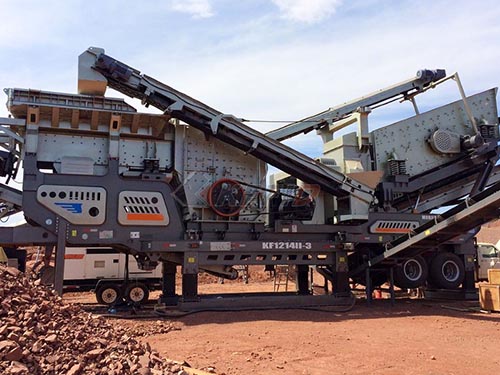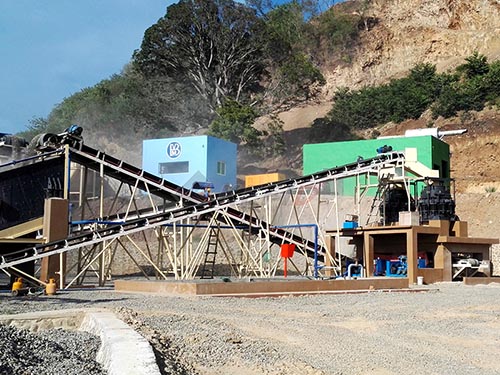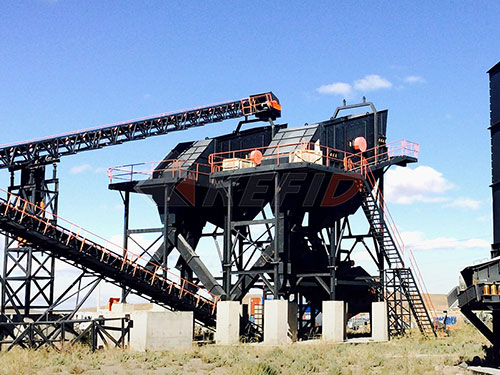Crushing Schist for Gold: Unlocking the Golden Secrets Within
The allure of gold has driven prospectors and miners for millennia, pushing them to explore the most rugged terrains and develop ingenious methods to wrest the precious metal from its rocky prison. While quartz veins often steal the spotlight in gold lore, another significant host rock demands attention: schist. Crushing schist for gold represents a fundamental yet critical stage in small-scale mining operations targeting these metamorphic formations where visible nuggets are rare but fine gold particles abound within resistant quartz lenses or disseminated throughout the rock itself.
Understanding the Golden Schist
Schist is a medium-grade metamorphic rock characterized by its pronounced foliation – layers or bands formed under intense heat and pressure deep within the Earth’s crust. This foliation arises from the parallel alignment of platy minerals like mica (muscovite or biotite), chlorite, or talc. Crucially for gold hunters, schists often form in geological settings associated with hydrothermal activity – hot mineral-rich fluids circulating through fractures in the Earth’s crust during mountain-building events.
Gold can become incorporated into schists through several mechanisms:
1. Primary Deposition: Hydrothermal fluids carrying dissolved gold infiltrate existing cracks and pore spaces within pre-existing rocks undergoing metamorphism (protoliths like shales or volcanic rocks). As conditions change (temperature/pressure drop), these fluids deposit minerals like quartz along with sulfides (pyrite/arsenopyrite) and gold within the developing schistose fabric.
2. Quartz Veining: Gold frequently precipitates alongside quartz into distinct veins that cut through the schist body during deformation events.

3. Dissemination: Fine particles of native gold can be scattered (“disseminated”) throughout specific mineral zones within the schist matrix itself.
4. Remobilization: Existing microscopic gold can be dissolved by later hydrothermal fluids and redeposited elsewhere within fractures or along foliation planes during ongoing metamorphism.
The challenge lies in liberating this trapped gold from its tough silicate matrix – that’s where crushing becomes indispensable.

Why Crush? The Imperative of Liberation
Gold locked inside hard rock isn’t accessible via simple panning techniques used for placer deposits found in streams and rivers (though placer deposits can originate from weathered schists upstream). To recover this “lode” or “primary” gold:
1. Size Reduction: Schist is tough; individual grains containing or associated

Leave a Reply